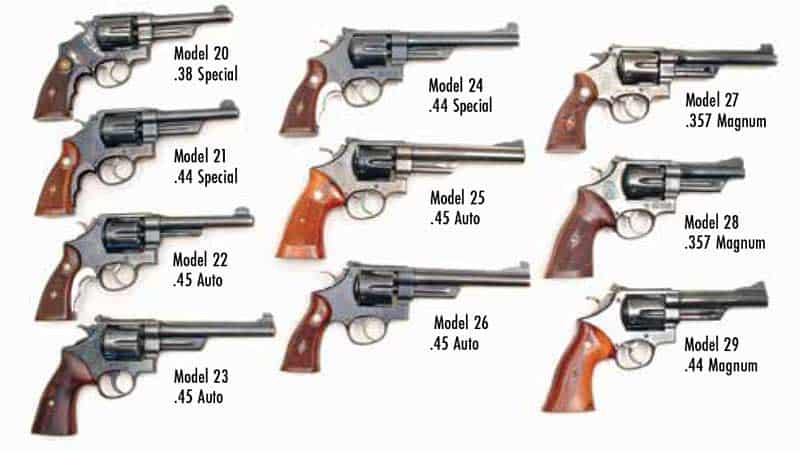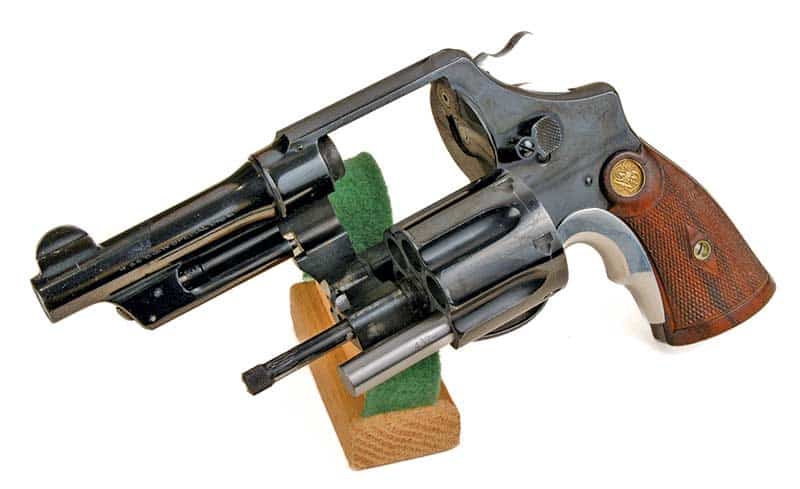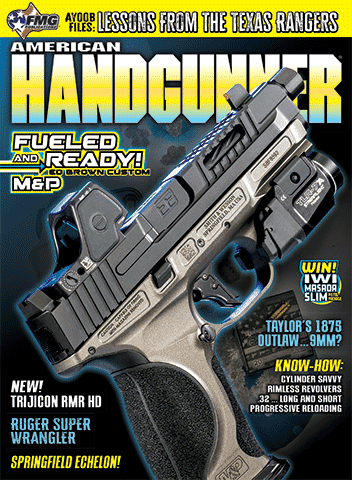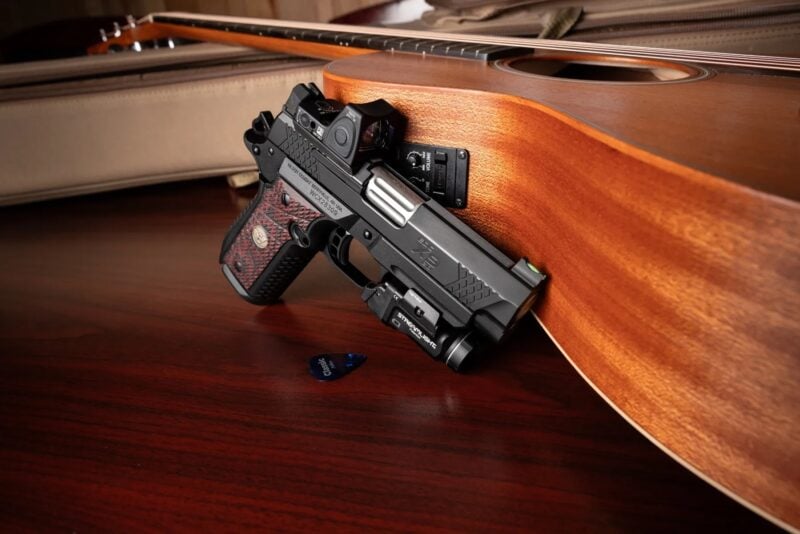Best of the Best
As a firearms industry dinosaur, I’m sad to have seen the end of double-action revolvers’ golden years. In my time, barrels were actually barrels, sometimes even forged with integral front sights, not tubes sitting inside shrouds. Grip frames were steel and could be fitted with custom stocks crafted from wood, ivory or pearl. Quality when I entered the shooting fraternity in the 1960s was exquisite in regard to timing and smoothness, fit and finish. So much of this is gone now.
However, among all those revolvers was a genre of sixgun I considered the Best of the Best — N-Frame S&Ws. They ranged from fixed sight “military or army” versions to target models and from .38 Specials to .45 Colts. I owned them all at one time or the other. Never did I encounter a bad one, and I had samples dating from as early as 1915 up to the 1990s.
In my horseback years traveling into the backcountry here in Montana, my “bear gun” was an S&W pre-Model 29 .44 Magnum with a 5″ barrel. Luckily there was never an altercation with any bruins. Back in 1976, my sixth published magazine article focused on load testing a 6½” Model 29 from a machine rest. The target range was 50 yards, and after much fiddling with powders and cast bullets, I was able to achieve 1½” five-shot groups pretty much on call. I’ve had expensive rifles and carbines that wouldn’t shoot with such precision. (I must admit, however, the Model 57 .41 Magnums that came my way over the years would deliver tight groups with less load development than .44s.)
N-Frame Dominance
Perhaps my predilection for N-Frames started because I was born and raised in Mingo County, WV, the site of the 1920s Coal Mine Union Wars. By my understanding from talking to old timers in the 1960s, many men involved in the fracas went about armed. It seemed they wanted nothing to do with .38s and I judged they were telling the truth because early 1960s pawn shops in my hometown of Williamson had lots of large-frame revolvers. Most were S&Ws, but some Colt New Services were mixed in. My own grandfather was a coal miner in Kentucky, and in the 1950s, he let me play with his boxes of .44 Special factory ammo. I’d dump them out on the rug in front of the coal stove and place them back in their boxes one at a time.
Early in the 21st century, I got the idea of owning every one of the S&W Model 20-somethings. You couldn’t just go out to a well-stocked store and buy such sixguns. For instance, Model 21 .44 Specials ceased production in 1966, with only 1,200 made. Model 26s were something I had to research because I had never encountered one; didn’t even know what they were. They turned out to be lightweight barreled .45 Auto/.45 Auto-Rim with target sights. Luckily I stumbled upon one in a Montana gun shop, or I may never have completed my assortment of N-Frames. Complete it I did, but today I only have the Model 23 .38 and Model 27 .357 Magnum.
N-Frame Specials
Next, I focused on .44 Specials. There were four basic N-Frames made for the cartridge. They started in 1908 when S&W introduced both that frame size and that cartridge together as the Hand Ejector, First Model. They came to be known far and wide as “triplelocks” because they had an extra lock meshing the cylinder crane with the main frame. They were made with 4, 5 and 6½” barrel lengths, with target or fixed sights.
For various reasons, one being their price of $21 was considered high in 1915, a Hand Ejector, Second Model replaced triplelocks. By removing the third lock and eliminating the shroud for the ejector rod, the price was reduced to a more reasonable $19. In 1926 a request from a Texas-based firm spurred the S&W factory to reintroduce the ejector rod shroud. That became Hand Ejector, Third Model. Both Second and Third Models came with the same barrel length and sight options as the First Model. Second Model production ceased with the advent of World War II, and Third Model production had a hiatus for the war but resumed manufacture in 1946. And finally, a Hand Ejector, Fourth Model replaced it in 1950 that was renamed Model 24 in 1957.
I had them all at the same time in 6½” barrel lengths. They were shot plenty, but then my ardor cooled, and Third and Fourth Model .44 Specials were sold. Now of all the dozens of N-Frames I’ve owned, only six are in my vault. That’s kind of sad.







